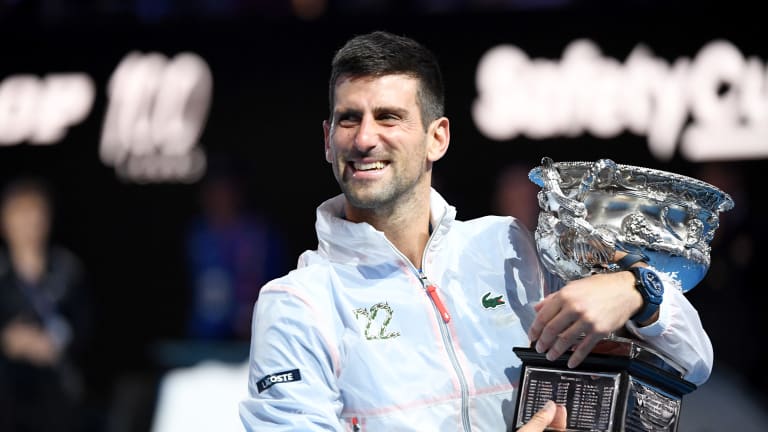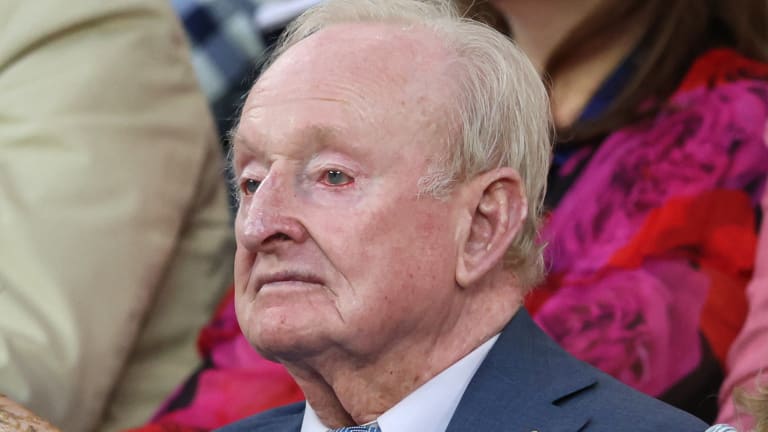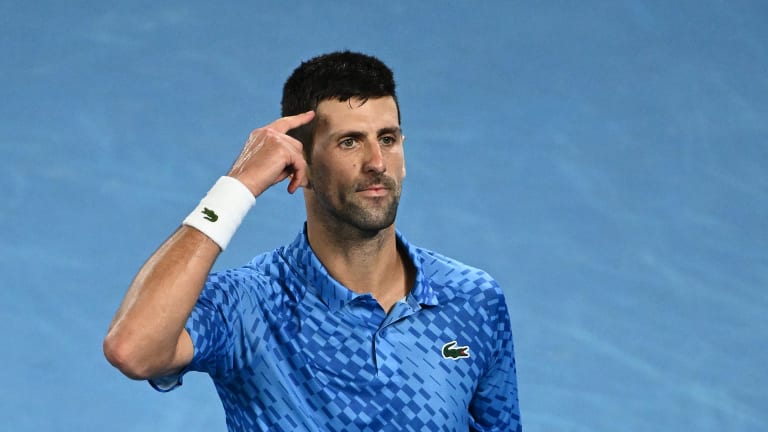Australian Open
With each major win—and qualities beyond the numbers—Novak Djokovic continues to redefine tennis greatness
By Jan 29, 2023Australian Open
Roger Federer to headline “Battle of the World No.1s” at Australian Open’s inaugural Opening Ceremony
By Dec 11, 2025Australian Open
Australia at Last: Reflections on a first trip to the AO
By Jan 29, 2025Australian Open
Alexander Zverev must elevate his game when it most counts—and keep it there
By Jan 27, 2025Australian Open
Jannik Sinner draws Novak Djokovic comparisons from Alexander Zverev after Australian Open final
By Jan 26, 2025Australian Open
Alexander Zverev left to say "I'm just not good enough" as Jannik Sinner retains Australian Open title
By Jan 26, 2025Australian Open
Jannik Sinner is now 3-0 in Grand Slam finals after winning second Australian Open title
By Jan 26, 2025Australian Open
Taylor Townsend and Katerina Siniakova win second women's doubles major together at the Australian Open
By Jan 26, 2025Australian Open
Madison Keys wins her first Grand Slam title at Australian Open by caring a little bit less
By Jan 25, 2025Australian Open
Henry Patten, Harri Heliovaara shrug off contentious first set to win Australian Open doubles title
By Jan 25, 2025With each major win—and qualities beyond the numbers—Novak Djokovic continues to redefine tennis greatness
The 35-year-old has 22 Grand Slam titles to his name and a host of other accolades. But that's only part of his story.
Published Jan 29, 2023
Advertising
Advertising

Many determine greatness by counting the achievements—and Novak Djokovic is now up to 22 Grand Slam singles titles.
© Getty Images
Advertising
Advertising

Rod Laver has been long passed in the Grand Slam title count, but many cite his peak has the true definition of greatness.
© Getty Images
Advertising

2025 Stats of the Year
Djokovic: First man to win a title over 20 straight seasons
The former No. 1 won his 100th and 101st titles in 2025.
Advertising

Time and time again, Djokovic has brought his best when it mattered most.
© Getty Images